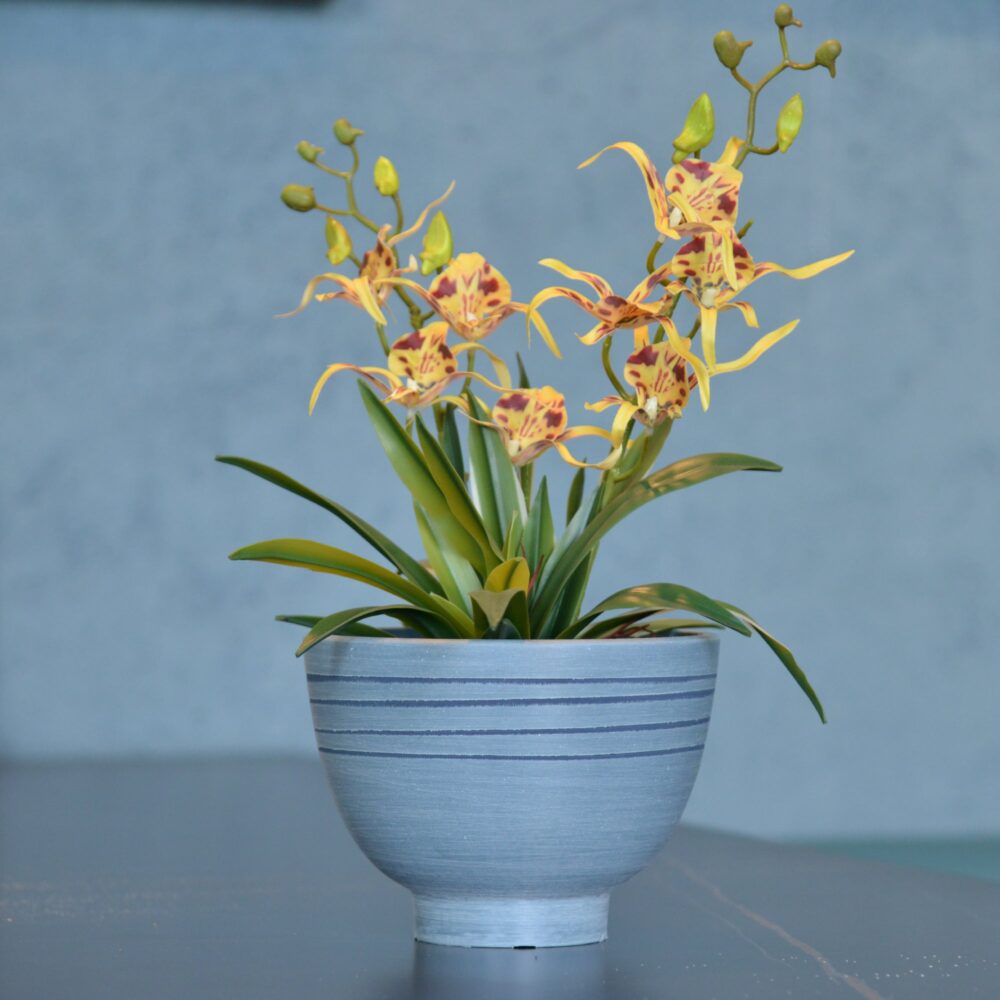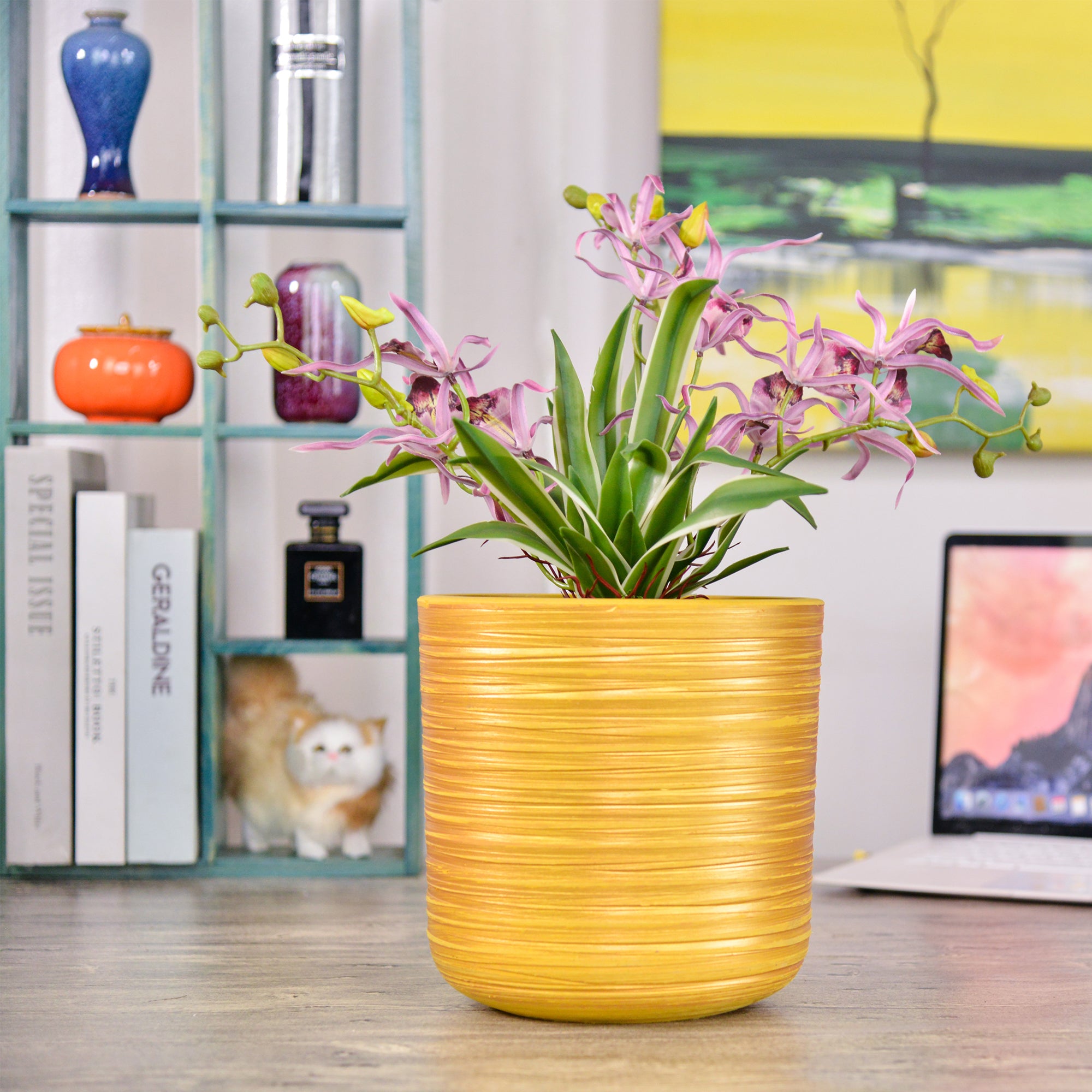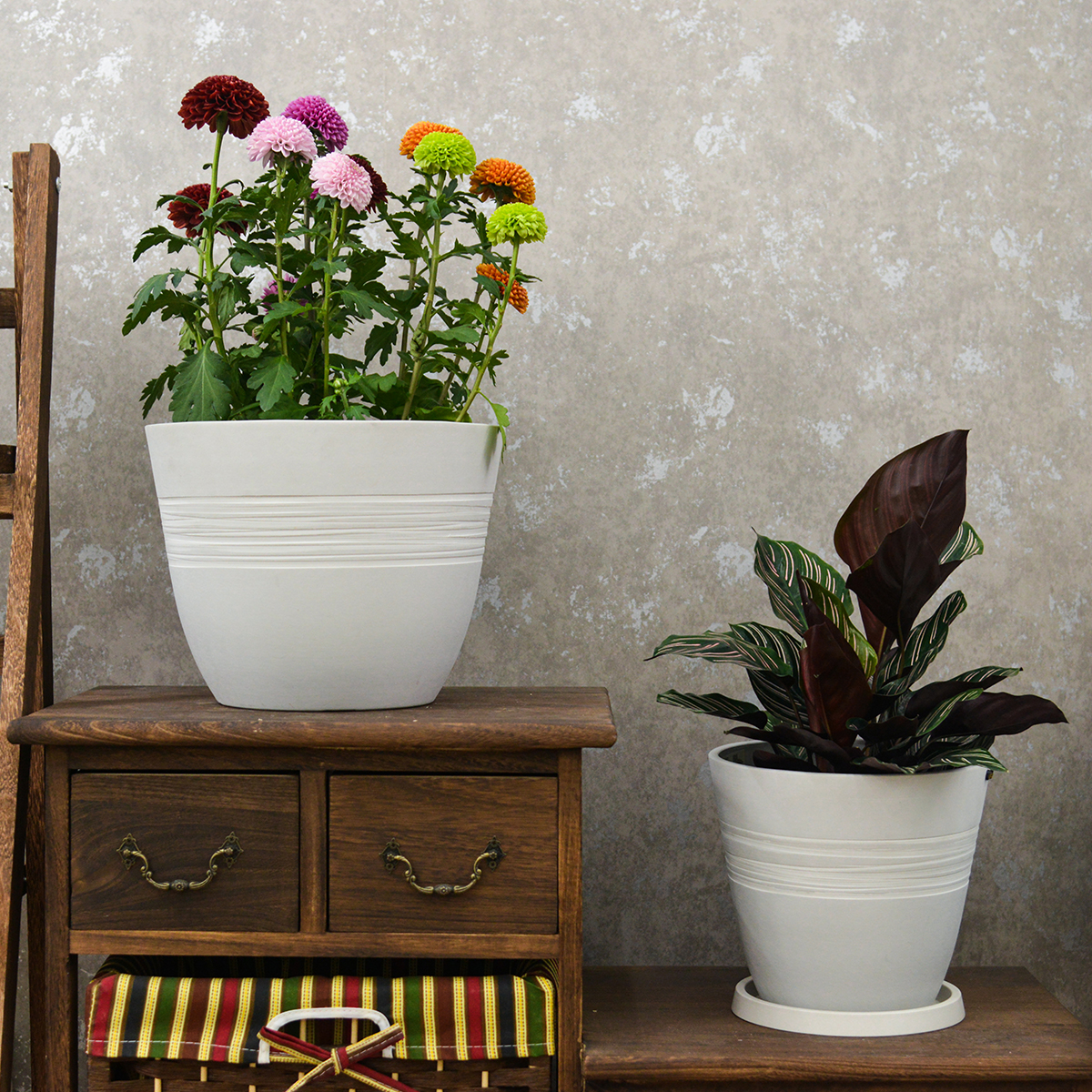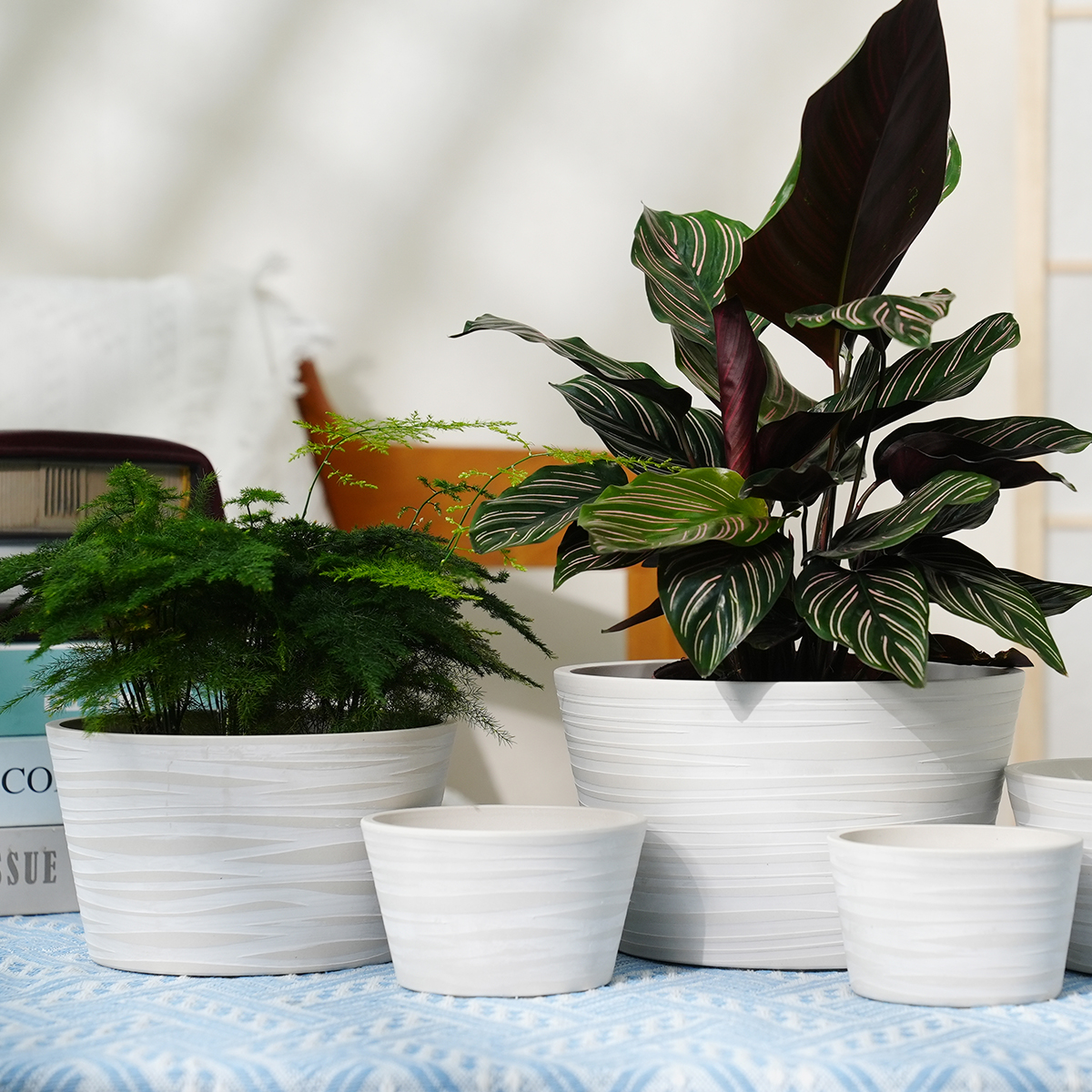What Should I Be Aware of When Planting in Flower Pots Without Drainage Holes? What Are Some Remedies?
While aesthetically pleasing, flower pots without drainage holes can present challenges for plant health. Without a way for excess water to escape, you risk waterlogged soil, which can lead to a host of problems for your beloved greenery. However, if you have your heart set on using a pot without drainage, or if you’re in a situation where adding holes isn’t an option, there are precautions you can take and remedies you can employ. Here’s what you need to know:
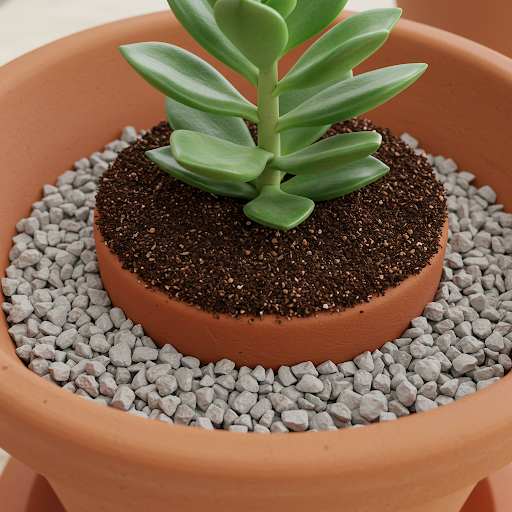
Potential Problems with Pots Without Drainage:
- Root Rot: This is the most significant risk. When water sits at the bottom of the pot, it deprives the roots of oxygen, causing them to decay and eventually leading to the plant’s demise.
- Waterlogged Soil: Constantly saturated soil suffocates roots and prevents them from absorbing nutrients properly.
- Mineral Buildup: Without drainage, salts and minerals from tap water and fertilizers can accumulate in the soil, potentially harming the plant’s roots and affecting its ability to absorb water.
- Difficulty in Judging Watering Needs: It’s harder to tell if the soil deep down is truly moist or just sitting in stagnant water.
- Stunted Growth: Plants in poorly drained conditions often exhibit slow or stunted growth due to unhealthy roots.
Precautions and Remedies for Planting Without Drainage:
If you’re determined to use a pot without drainage holes, here’s how to mitigate the risks:
- Create a Drainage Layer: This is the most common recommendation. Place a layer of drainage material at the bottom of the pot before adding soil. Suitable materials include:
- Gravel or Pebbles: A layer of an inch or two can help create space for excess water to collect away from the roots. However, some experts argue that this layer can actually impede drainage by creating a perched water table.
- Coarse Sand: A layer of coarse sand might improve drainage slightly. Avoid fine sand, as it can compact and hinder drainage.
- Pottery Shards or Broken Styrofoam: These can create air pockets and help with drainage.
- Charcoal: Horticultural charcoal can help absorb odors and keep the soil fresh.
- Choose Plants Wisely: Opt for plants that are more tolerant of consistently moist conditions and don’t mind “wet feet.” Some examples include:
- Peace Lily (Spathiphyllum): Enjoys consistent moisture.
- Chinese Evergreen (Aglaonema): Tolerates lower light and moist soil.
- Pothos (Epipremnum aureum): Can adapt to various conditions, including slightly moist soil.
- Lucky Bamboo (Dracaena sanderiana): Often grown directly in water or very moist soil.
- Snake Plant (Sansevieria trifasciata): While drought-tolerant, it can survive in pots without drainage if watered very carefully.
- Water Very Carefully and Sparingly: This is crucial. You’ll need to be much more conservative with your watering. Only water when the top inch or two of soil feels dry to the touch. Use smaller amounts of water and avoid saturating the soil completely. Err on the side of underwatering rather than overwatering.
- Use a Moisture Meter: A moisture meter can be an invaluable tool for gauging the moisture levels deeper in the pot, helping you avoid overwatering.
- Consider Double Potting: Place your plant in a nursery pot with drainage holes, and then place that pot inside the decorative pot without drainage. This allows you to easily remove the inner pot to water and let it drain completely before returning it to the decorative pot.
- Monitor Closely: Regularly inspect your plant for signs of overwatering, such as yellowing or browning leaves, wilting, or a mushy stem.
- Add Drainage Holes (If Possible): If the pot material allows (e.g., plastic, some ceramics), consider carefully drilling drainage holes. Start with a small drill bit and gradually increase the size if needed. Be cautious not to crack the pot.
- Use a Well-Draining Soil Mix: Even without drainage holes, using a lighter, well-draining potting mix can help prevent the soil from becoming waterlogged as quickly.

What to Do If You Suspect Overwatering:
If your plant in a pot without drainage shows signs of overwatering, act quickly:
- Carefully remove the plant from the pot.
- Inspect the roots. If they are brown, mushy, and have a foul odor, root rot has likely set in.
- Gently remove any rotted roots with clean, sharp scissors or pruning shears.
- Allow the root ball to air dry for a few hours to a day.
- Repot the plant in fresh, well-draining potting mix, ideally in a pot with drainage holes. If you must reuse the pot without drainage, ensure a fresh drainage layer and be extra cautious with watering.
While planting in pots without drainage holes is not ideal, it can be done with careful attention to plant selection and watering practices. By understanding the risks and implementing these remedies, you can increase your chances of success and still enjoy the aesthetic appeal of your chosen container.
8 inch/10 inch Planter Indoor Plants, 2 Pack Modern Decorative Plant Pots with Drainage Hole, Cute Bowl Shape Flower Pots
By greenship-seo|2025-04-10T08:03:42+00:00January 9, 2025|Categories: Hand-carving Series|Tags: Decorative Flower Pots, Self-Watering Pots|
Modern Plant Pots丨Planter for Indoor Plants,8 inch or 10 inch Plant Pots with Drainage Hole,Decorative Flower Pots
By greenship-seo|2025-04-10T08:32:55+00:00January 7, 2025|Categories: Hand-carving Series|Tags: Decorative Flower Pots, Self-Watering Pots|
GreenShip 27inch Tall Planters for Porch, Large Outdoor Planter Pots with Drainage Hole
By greenship-seo|2025-04-10T06:27:21+00:00April 7, 2025|Categories: Hand-carving Series|Tags: Decorative Flower Pots|
KC2-11V
By greenship|2024-08-16T05:39:50+00:00August 16, 2024|Categories: Hand-carving Series|
Planter for Indoor Outdoor Plants, Set of 2 Modern Decorative Plant Pots with Drainage Hole, Decorative Flower Pots
By greenship-seo|2025-04-10T07:46:01+00:00January 9, 2025|Categories: Hand-carving Series|Tags: Decorative Flower Pots, Self-Watering Pots|
HS
By greenship|2024-08-13T06:45:17+00:00August 13, 2024|Categories: Hand-carving Series|

